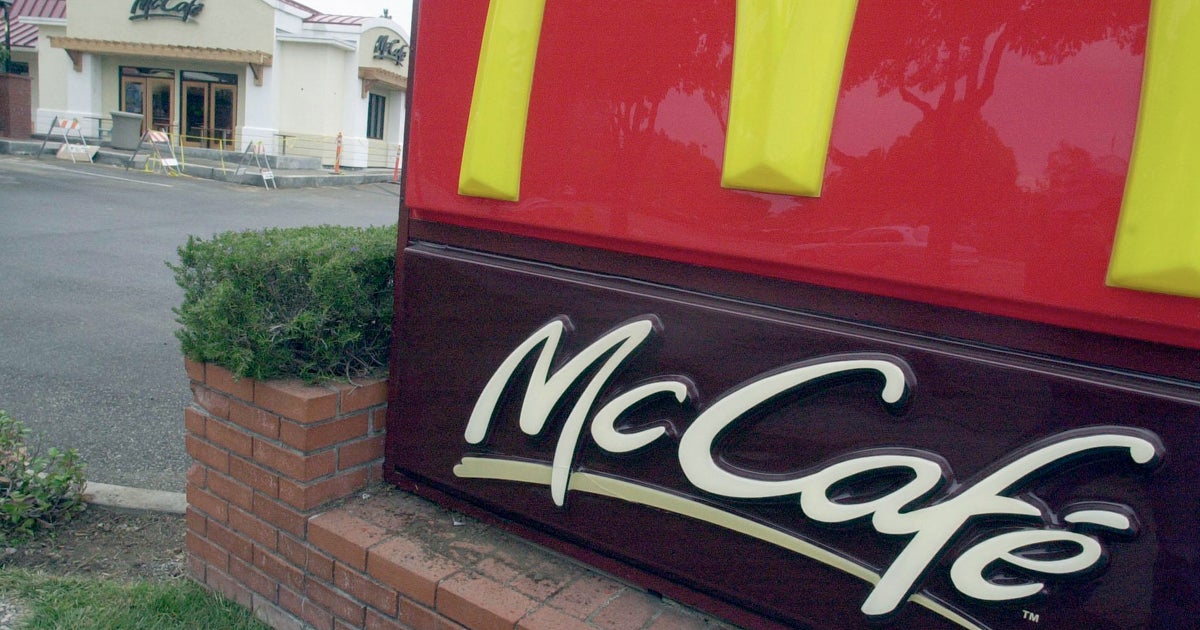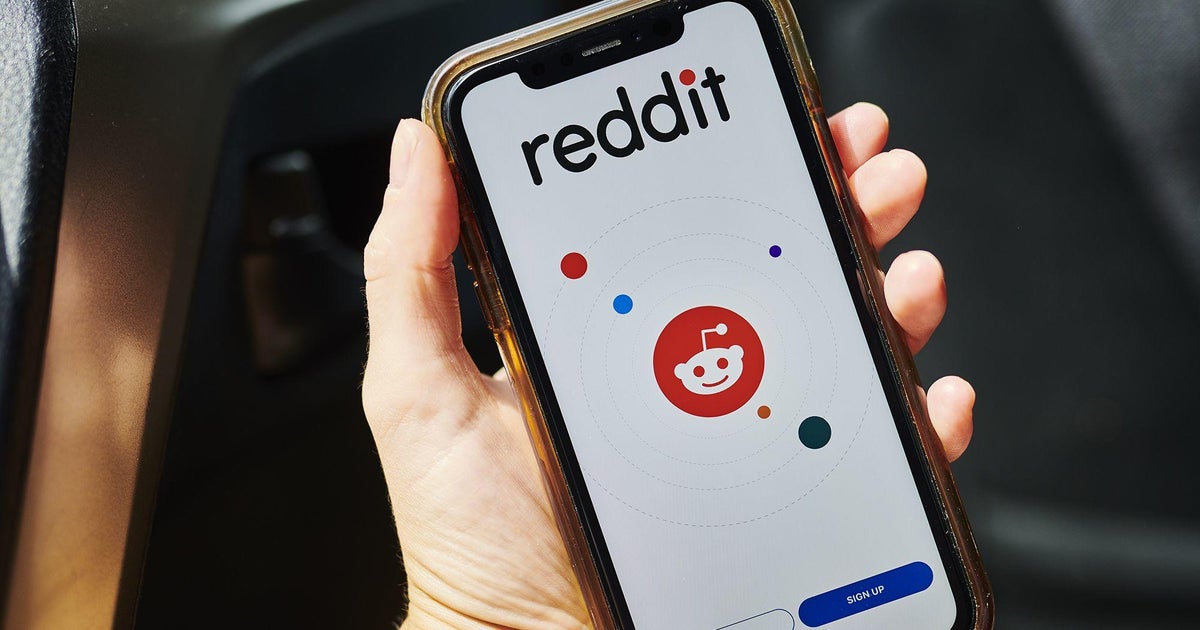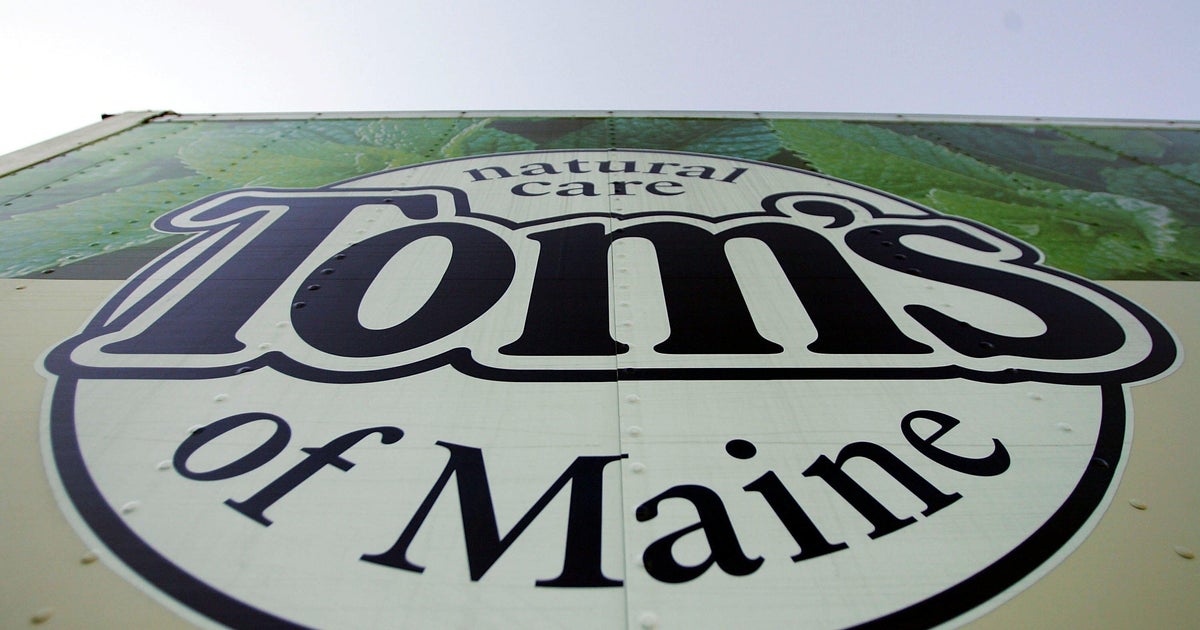Tesla tricked into speeding by researchers using electrical tape
A Tesla vehicle was tricked into speeding by researchers who put electrical tape over a speed limit sign. The findings, released Wednesday by security firm McAfee, highlight possible difficulties with autonomous driving systems.
McAfee technicians fooled the car into reading the speed limit as 85 miles per hour by placing black tape across the middle of the first digit on a 35 mile per hour sign. That caused the vehicle's cruise control system to automatically accelerate, according to McAfee.
The tests involved a 2016 Model S and Model X that used technology made by Mobileye, a division of Intel. Tesla stopped using the company's camera systems in 2016. The newest Tesla models do not use Mobileye technology "and do not currently appear to support traffic sign recognition at all," McAfee researchers Steve Povolny and Shivangee Trivedi wrote in a blog post.
McAfee disclosed its research to both Tesla and Mobileye EyeQ3 last year, the company said.
McAfee's study "highlights the significant dangers that an over-reliance on this kind of technology to drive a 4,000-pound vehicle on public streets without regulation or supervision," said Jason Levine, executive director of the Center for Auto Safety. "AutoPilot is a misleading term that can easily create a hazard for those inside of a Tesla. What this study demonstrates is how dangerous the feature can be for everyone on the road."
Machine-learning worries
A prior study by University of California at Berkeley professor Dawn Song used stickers to fool a self-driving car into treating a stop sign as a 45 mile an hour speed limit sign. Hackers last year also put stickers on a road to trick a Tesla into driving into the wrong lane in traffic.
Such risks around artificial intelligence extend beyond vehicles. A 2019 study found that medical machine-learning systems could be tricked into giving faulty diagnoses.
Tesla did not immediately respond to a request for comment. Mobileye dismissed the findings, saying a modified speed limit sign could also trick human drivers into reading 85 mph instead of 35 mph.
"Traffic sign fonts are determined by regulators, and so advanced driver-assistance systems are primarily focused on other more challenging use cases, and this system in particular was designed to support human drivers — not autonomous driving," a Mobileye spokesperson said by email. "Autonomous vehicle technology will not rely on sensing alone, but will also be supported by various other technologies and data, such as crowdsourced mapping, to ensure the reliability of the information received from the camera sensor and offer more robust redundancies and safety."



